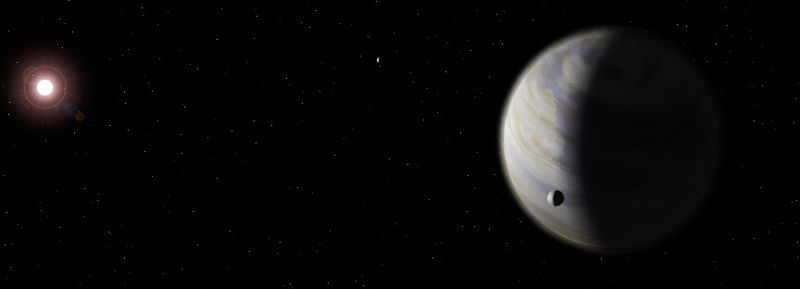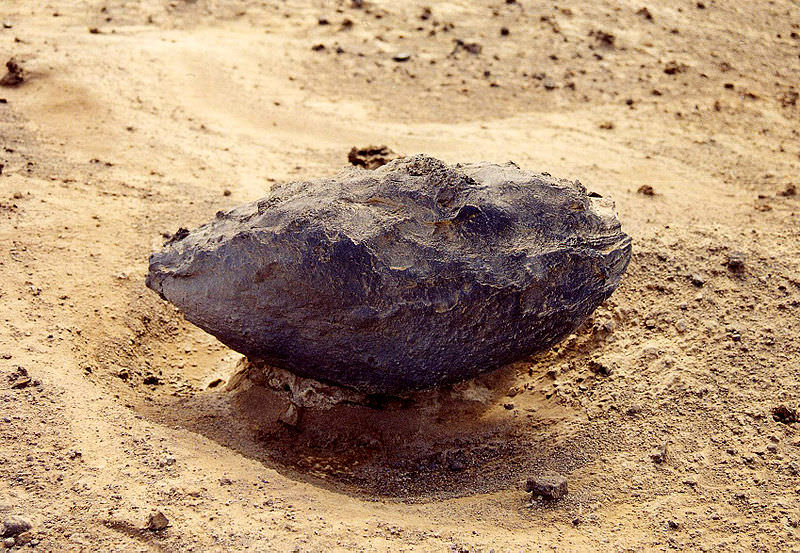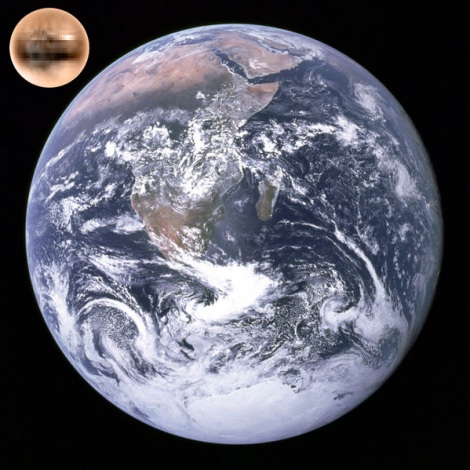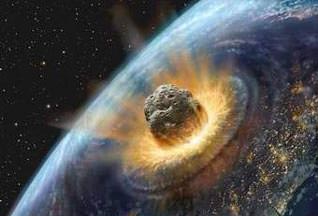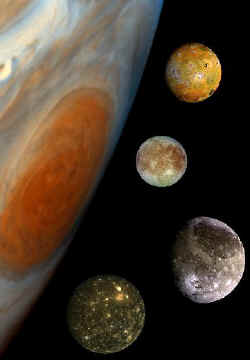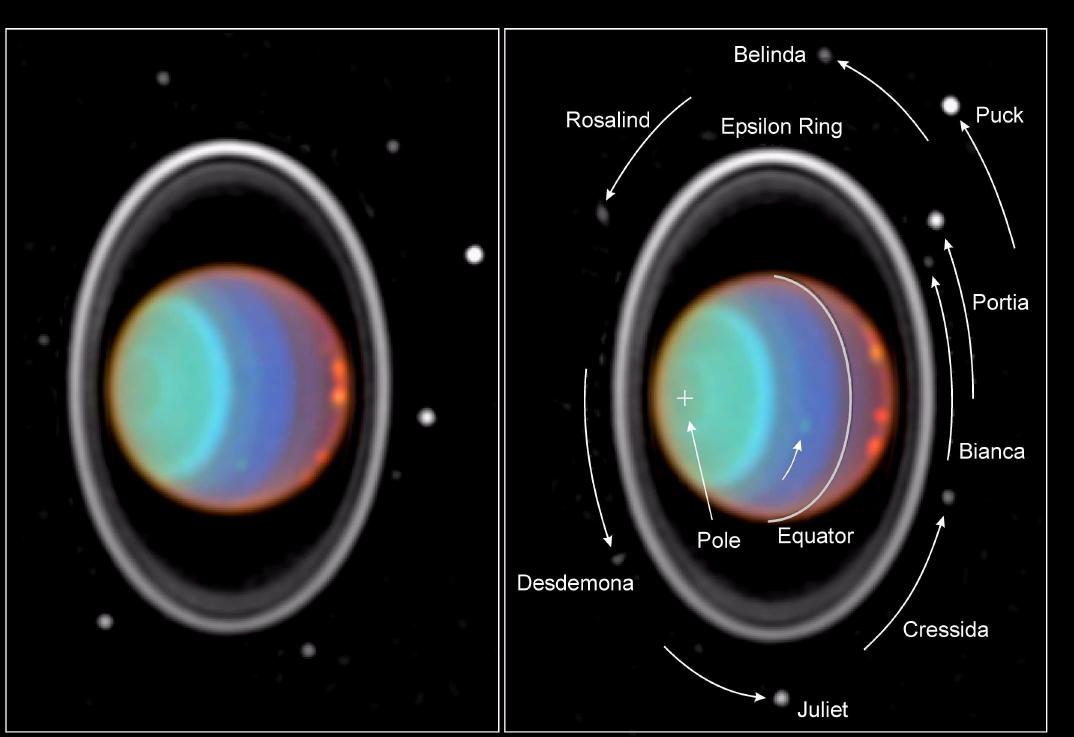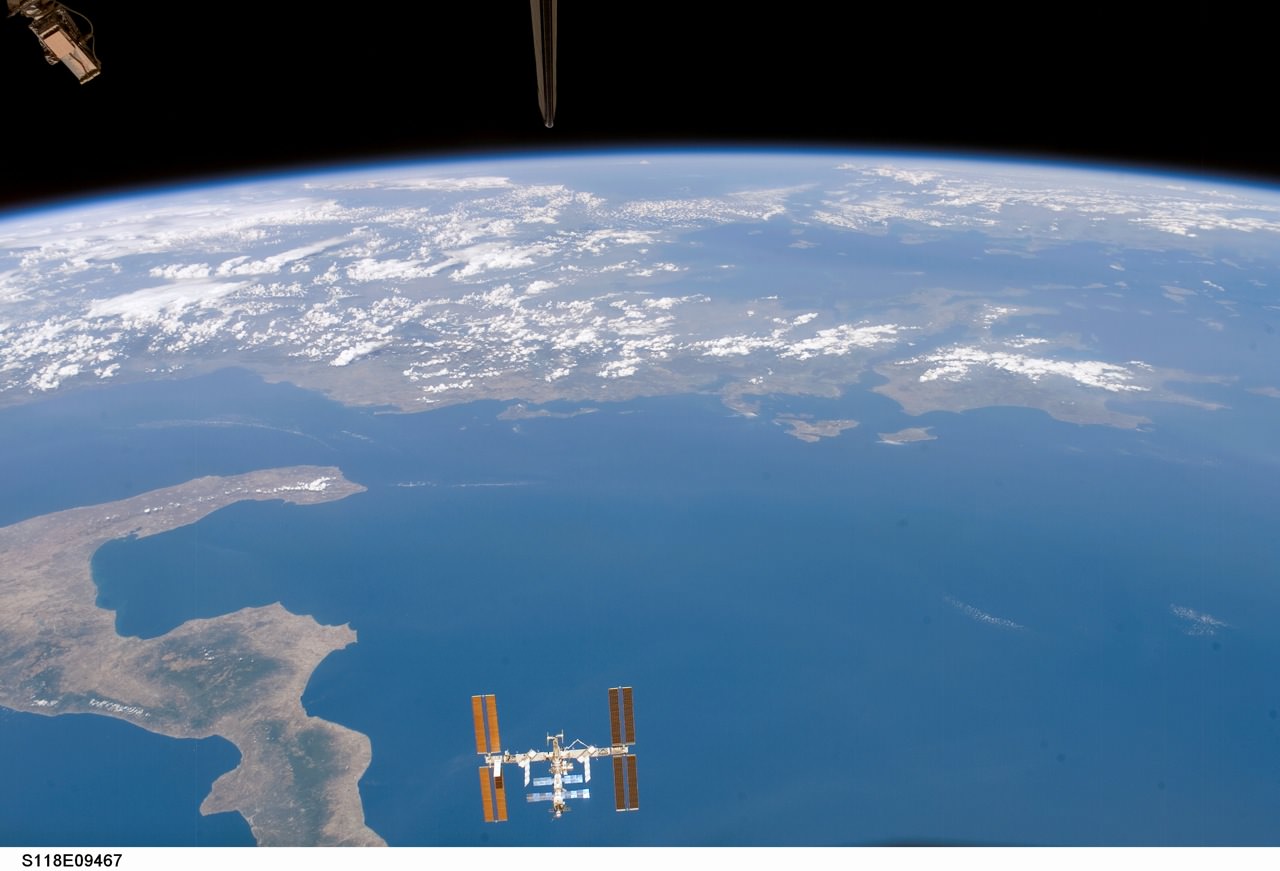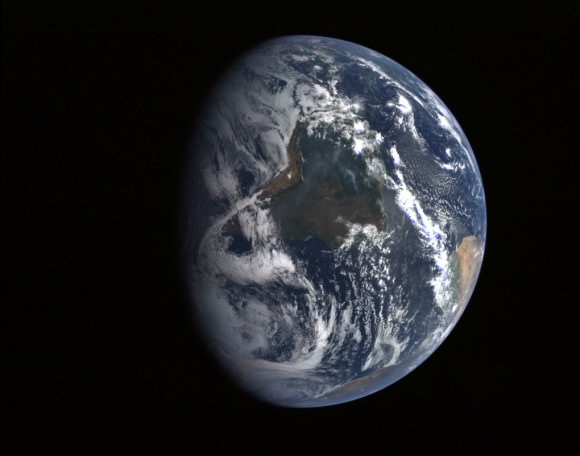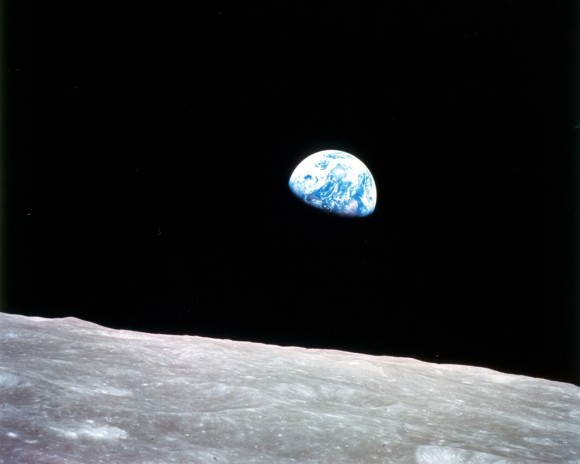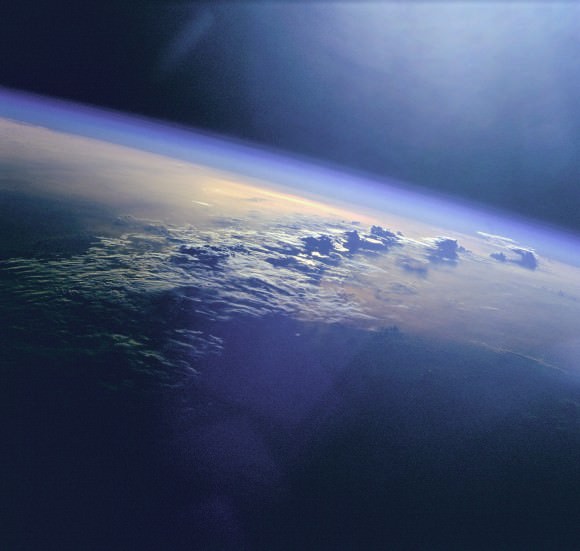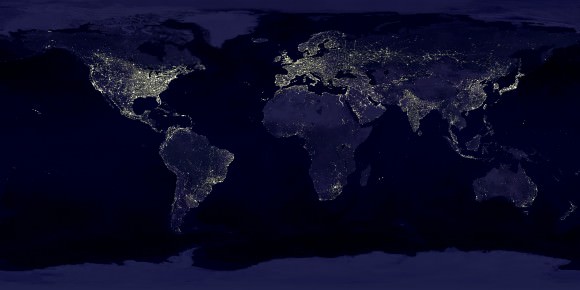[/caption]
The holy grail in the search for extrasolar planets will be the discovery of Earthlike planets orbiting other stars. With better telescopes and techniques, astronomers will eventually be able to even detect the atmospheres of extrasolar planets and determine if there’s life there. Although Earth-sized planets are impossible to detect with current observatories, astronomers are now finding super earths.
A super Earth is a terrestrial planet orbiting a distant star. But instead of having the mass of our own planet, it might have 2, 5, or even 10 times the mass of the Earth. Although that makes them large, very massive planets, they’re not as large or massive as gas giants.
And just because they’re called super Earths doesn’t mean they’re habitable, or even Earthlike in climate at all. Super Earths could be orbiting close to their parent star, or well outside the solar system’s habitable zone.
Scientists haven’t completely settled on a definition for super Earths. Some believe a planet should be considered a super Earth if it’s a terrestrial planet between 1 and 10 Earth masses, while others think it should be between 5 and 10 Earth masses.
The first super Earth ever discovered was found in 1991 orbiting a pulsar. Obviously that wouldn’t really be a very habitable place to live. The first super earth found orbiting a main sequence star was found in 2005, orbiting the star Gliese 876. It’s estimated to have 7.5 times the mass of the Earth, and orbits its parent star every 2 days. With such a short orbital period, you can expect that it’s orbiting very close to its parent star. Temperatures on the surface of the planet reach 650 kelvin.
The first super earth found within its star’ habitable zone was Gliese 581 c. It’s estimated to have 5 Earth masses, and orbits its parent star at a distance of 0.073 astronomical units (1 AU is the average distance from the Earth to the Sun). That’s pretty close to the star, and Gliese 581 c would probably have a runaway greenhouse effect, similar to Venus. But right beside that is Gliese 581 d, with a mass of 7.7 Earths and an orbit of 0.22 AU. This planet could very well have liquid water on its surface.
The smallest super Earth discovered so far is MOA-2007-BLG-192Lb, which has only 3.3 times the mass of the Earth, and was orbiting a brown dwarf star. But this record will probably be beaten by the time you read this, as planet hunters get better. It’s only a matter of time before a true Earthlike planet is discovered.
We have written many articles about super Earths. Here’s an article speculating on the kinds of atmospheres that super Earths might have, and another article about how similar super Earths really are to our own planet.
Here’s an artist’s impression of a super Earth features on NASA’s Astronomy Picture of the Day website, and here’s an article from NASA about super Earths.
We also recorded an episode of Astronomy Cast dealing with the different kinds of extrasolar planets you can find. Listen to it here. Episode 125: A Zoo of Extrasolar Planets.
Source: Wikipedia

